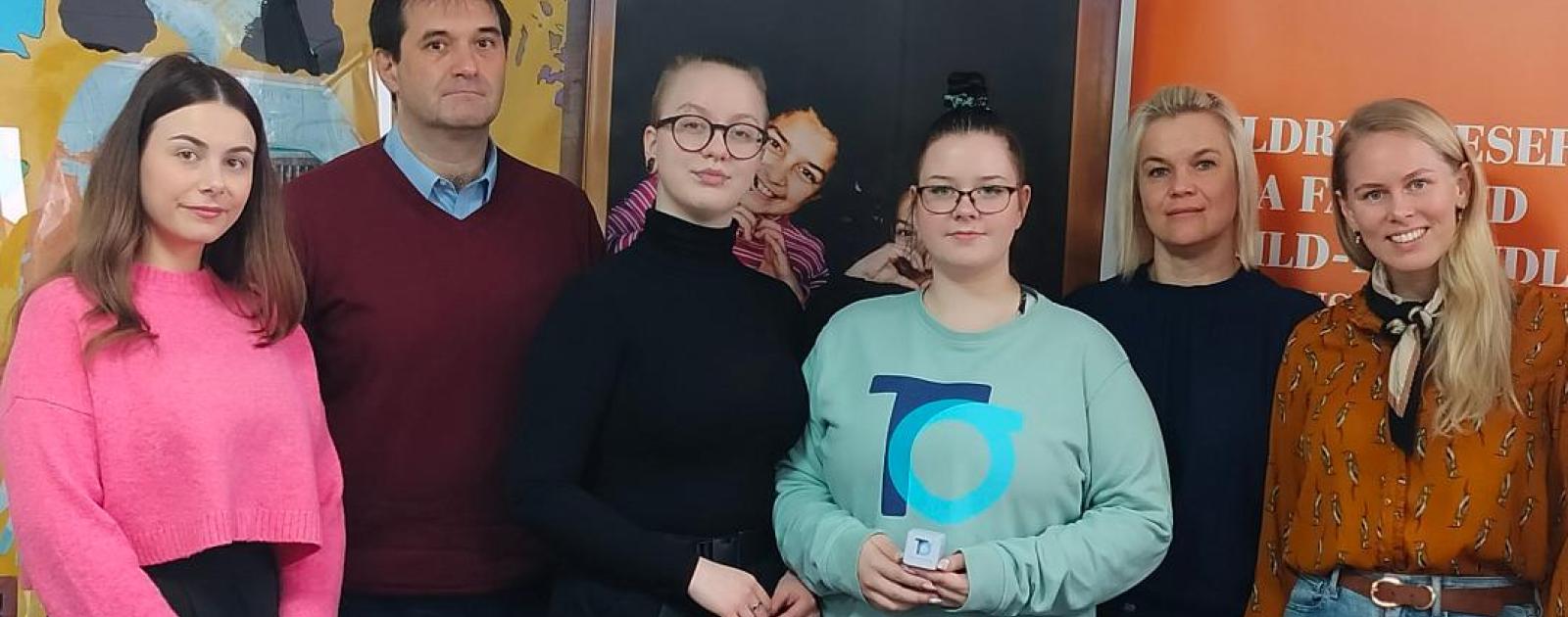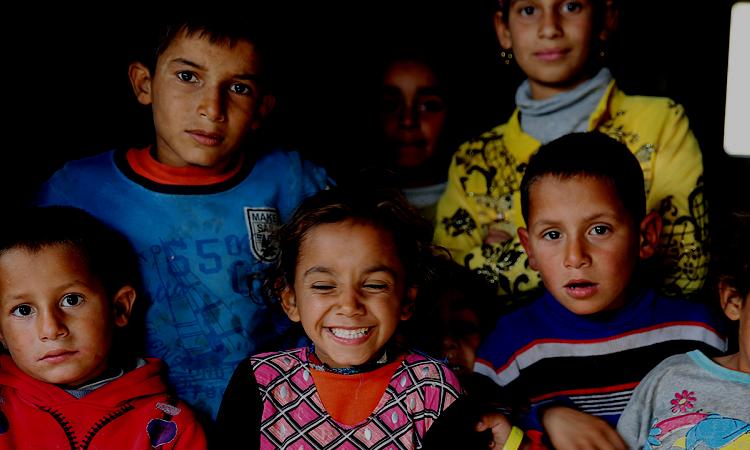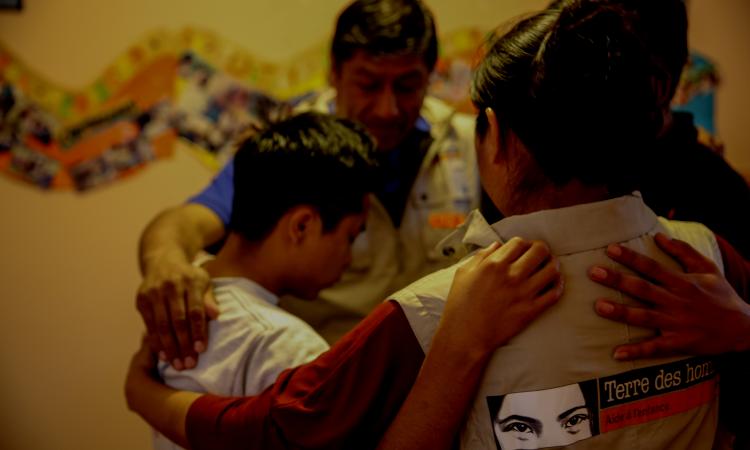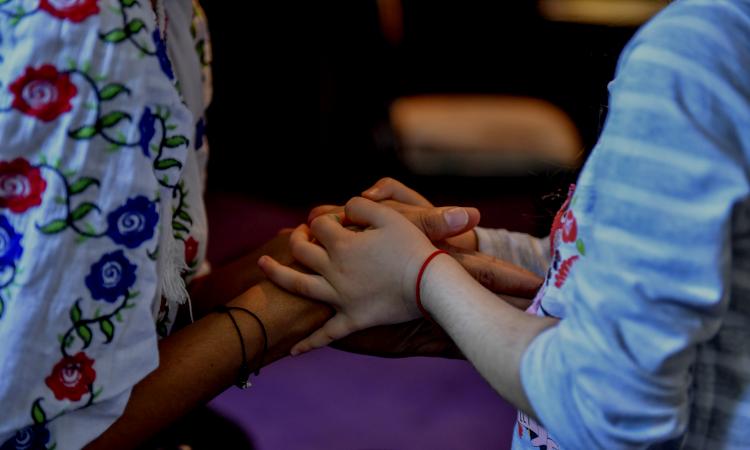
”Zero children in prison” – a goal that Estonian authorities proposed and achieved. At present, there are no children in their detention centres. Last year there were only two. How did they manage? Mainly through mediation, as part of restaurative justice practices, and through conflict prevention actions.
The exchange of experience from February-March this year by delegations of Romanian experts to Estonia and Estonian mediators and youth to Bucharest was very useful to both parties. The visits envisaged an exchange of good practices within i-Restore 2 project -”Accessible Quality Restorative Justice processes for children in contact with the law in Europe”, a project coordinated by Terre des hommes Romania Foundation and co-funded by the European Union.
The Romanian delegation (legal experts, police officers, detention centre staff) had the opportunity to get in contact with Estonian specialists, find out how the latter developed restorative justice practices and learn from their methods, so that they find a way to adapt them to the Romanian system. Estonian partners had meetings with Romanian authorities and learnt about the methods that work for us. The Estonians are successful in using the practice of mediation in schools to reduce bullying. Mediation brings understanding between parties and emotional healing, our guests told us from their experience.
In Estonia, mediators are volunteers. Mediation is free of charge, and maybe this is the reason for which it is so successful: 80-90% of child cases are solved before reaching the court. The parties are willing to use mediation and they reach an agreement without the intervention of a judge.
In Romania, mediators are private, their fees are quite high. Parties in conflict are advised to use mediation, but since they have already paid a lawyer, they can’t afford to pay a mediator also. Therefore, children in contact with the law are sent to court, subject to long and difficult procedures, and some of them end up in detention centres, although this could have been avoided.
”We propose mediation because children in conflict meet anyway in school. Thus, they have the chance to tell their story, their perspective, needs and feelings. We propose; if they feel to meet each other, we mediate. But in general they want to meet.” (Sandra, voluntary mediator, Social Insurance Board, Estonia)
The best practices proved to be one-to-one mediation, restaurative circles in schools and restaurative counselling, Sandra told us. Estonian mediators’ activities are mainly based on conflict prevention.
Estonian delegation’s young volunteers, Gillian and Evert, are members of the Child Advisory Board established in each project country. ”In childhood I had a painful experience with psychiatric hospitals, and that procedure took longer than it should have. I am here to make a change, so that the youth who go through that don’t feel what I felt”, Gillian (21 years) told us.
The study visits also discussed about bullying in school. ”60% of school conflicts involve violence”, the police officer from Romanian School Safety Directorate stated. ”I changed schools two times because of bullying, but each time it got worse. At a certain point I got in conflict with two colleagues. I had been diagnosed with depression, I asked the teacher for help, but she simply ignored the issue”, Gillian told her story.
In Estonia, at Saku, there is a high school that applies restaurative circle and restaurative counselling methods in order to help aggressed or abused child victims to talk and overcome the difficult moments. Also, in that high school, pupils learn how to solve conflicts - Romanian young people who visited Estonia told us.
Mediation, restorative circles, restorative counselling are restorative justice practices. Restorative justice is a justice approach aimed at repairing the harm caused by an offence or a conflict, and healing a trauma through active participation of the affected persons. This approach can bring understanding, reconciliation between parties, emotional healing and transformation.



